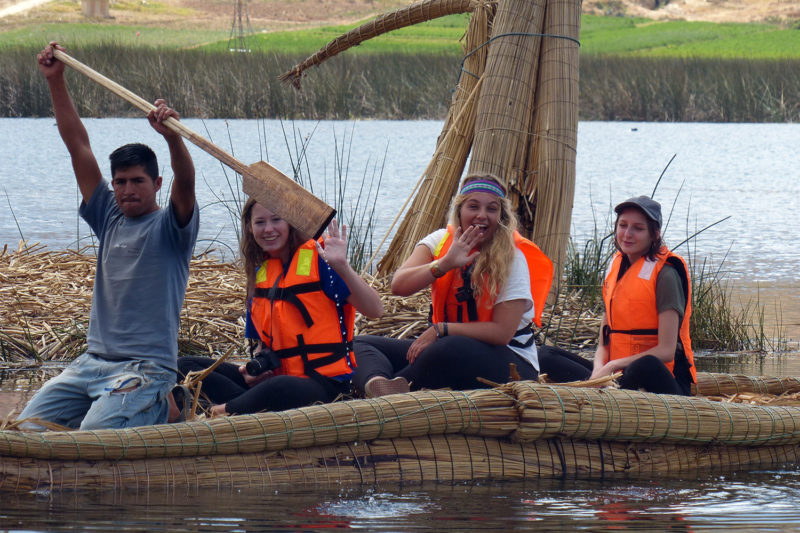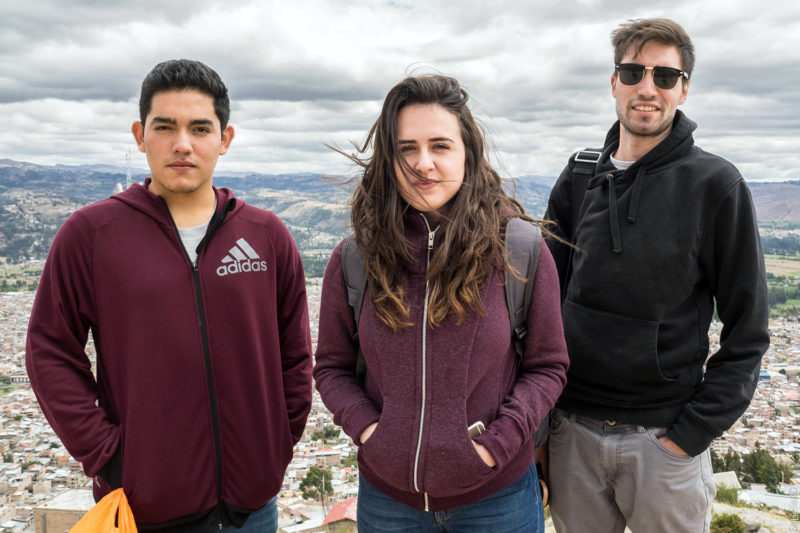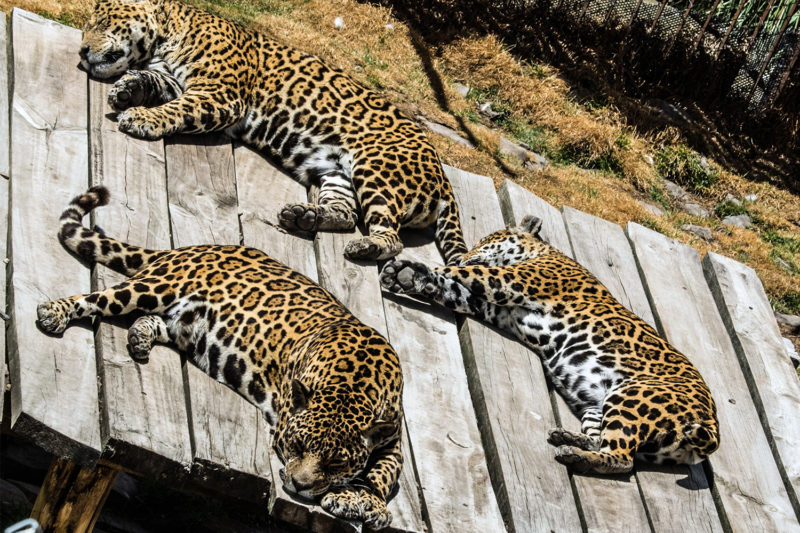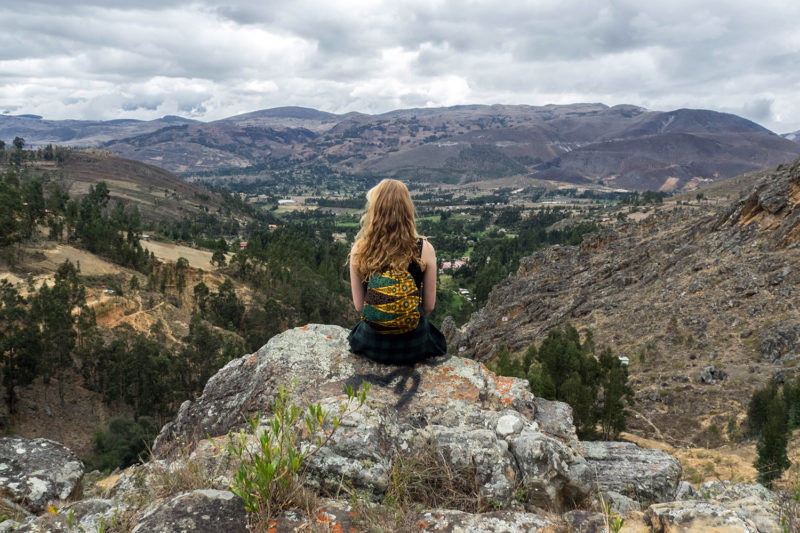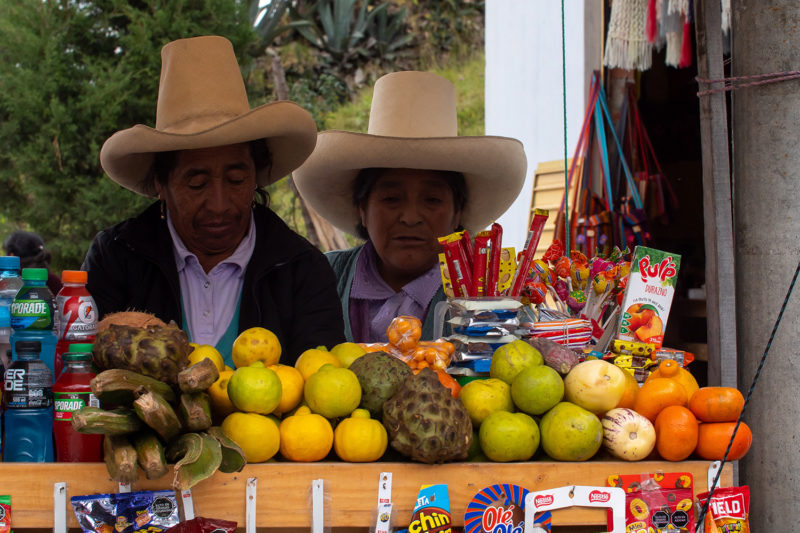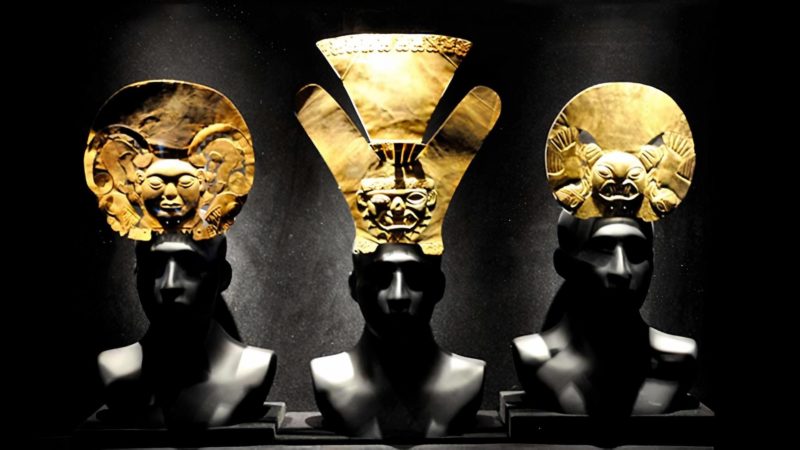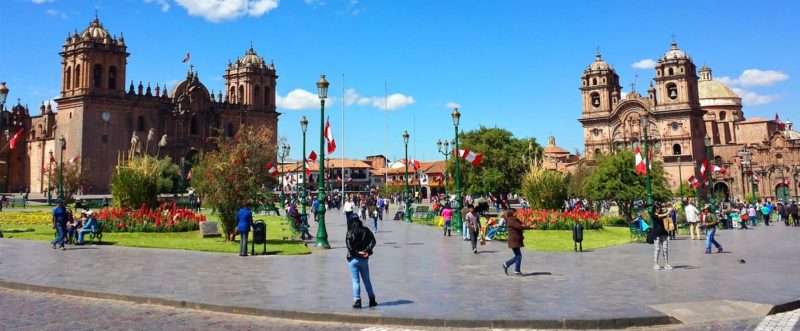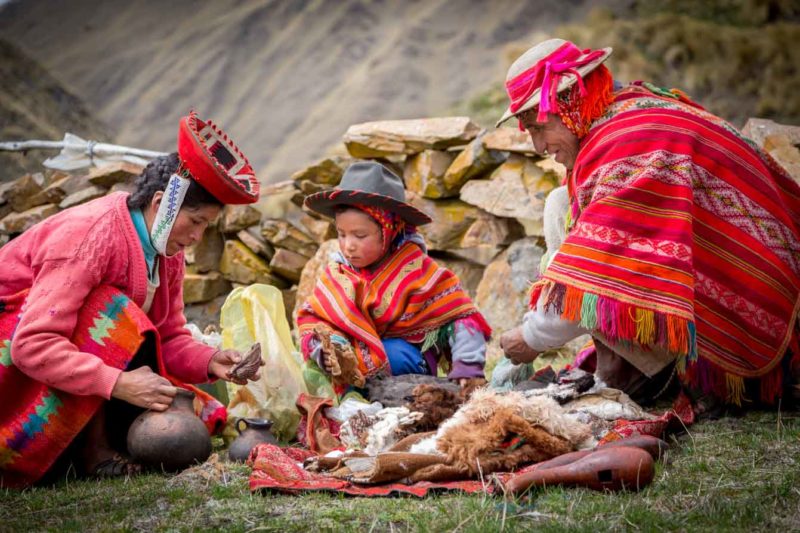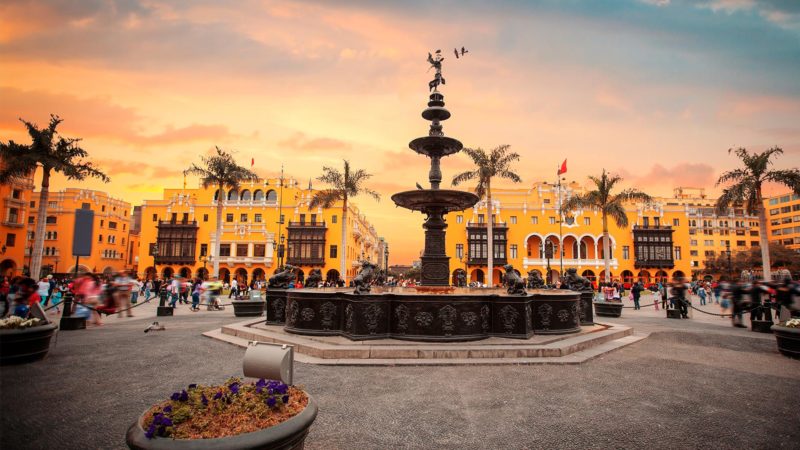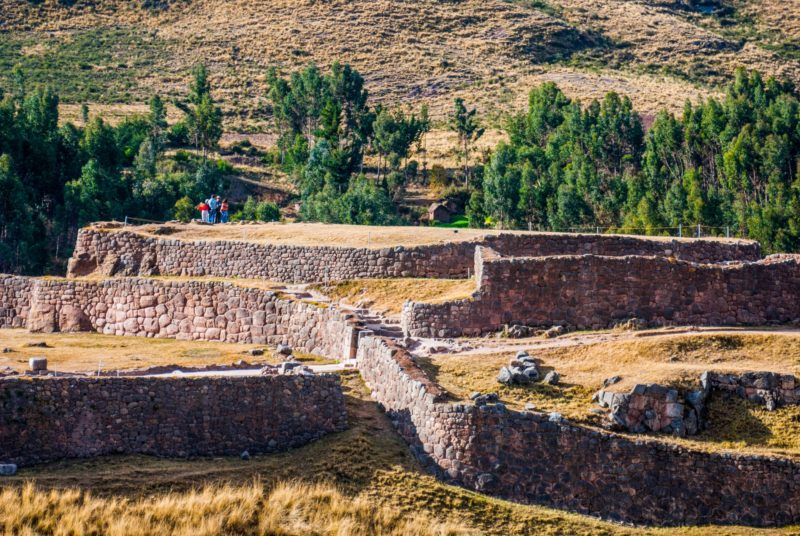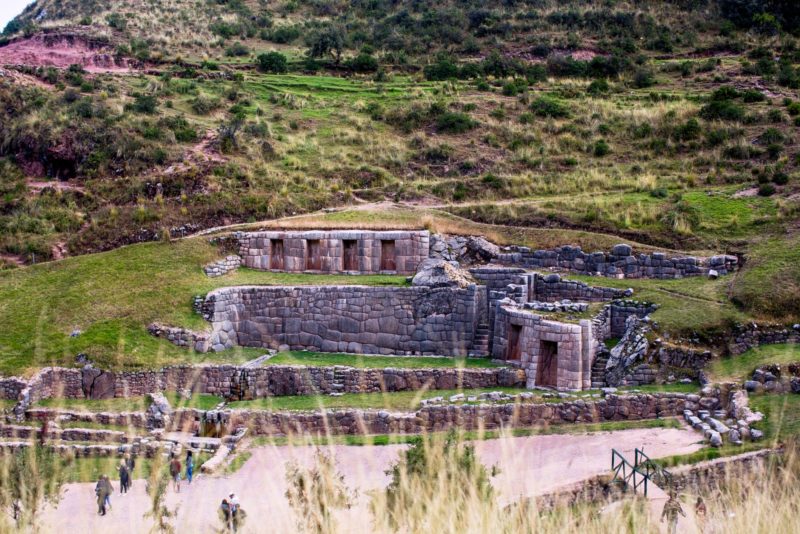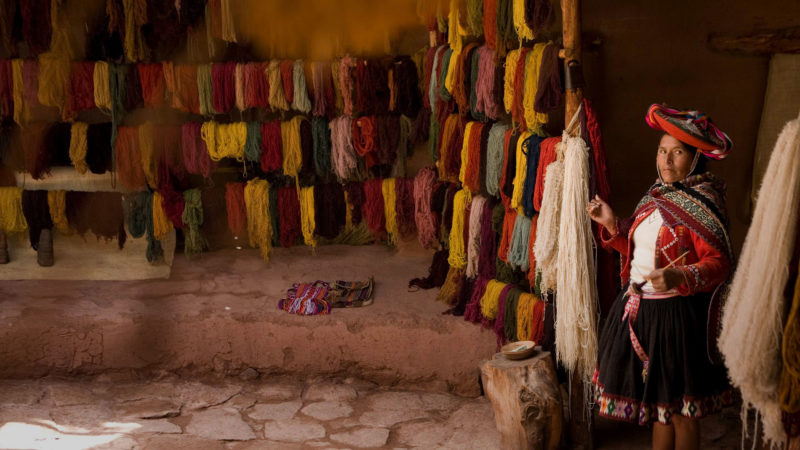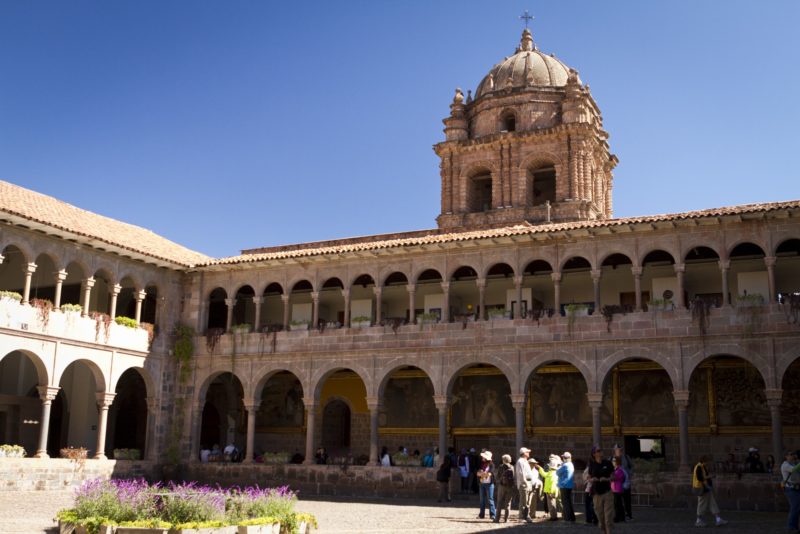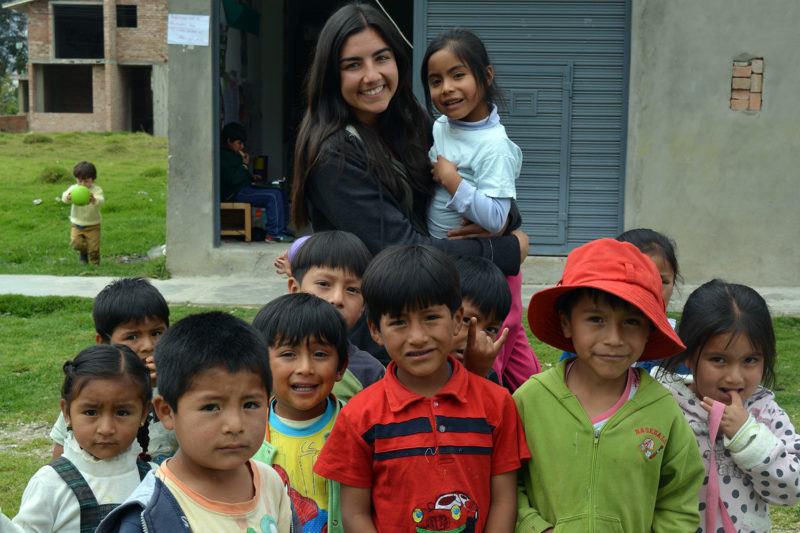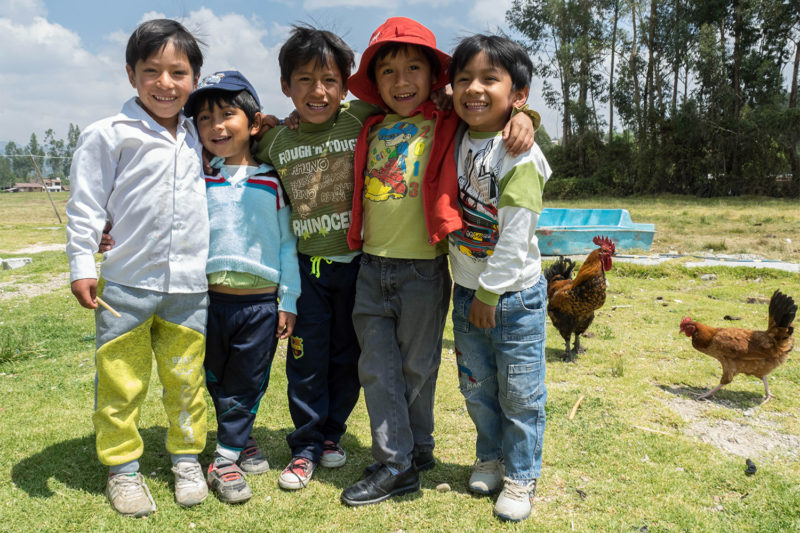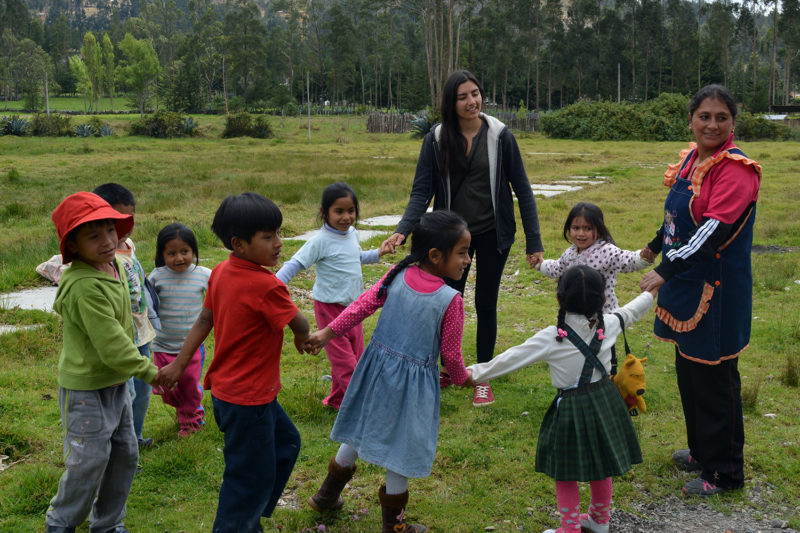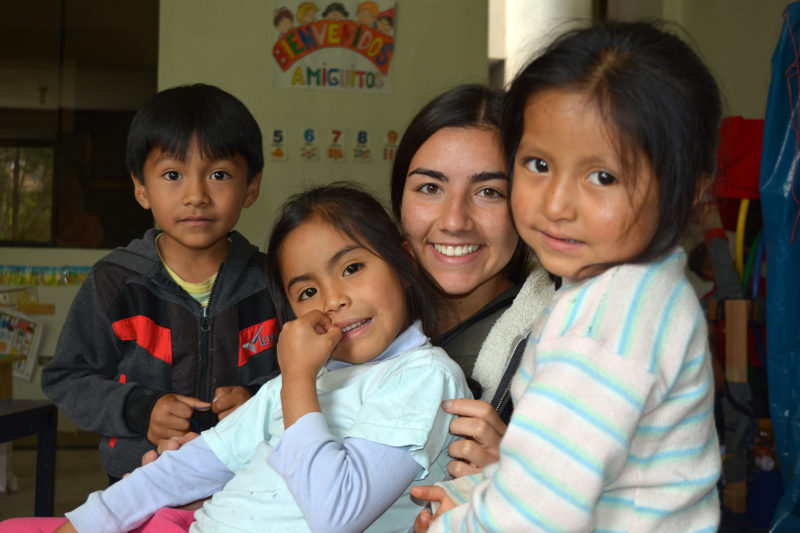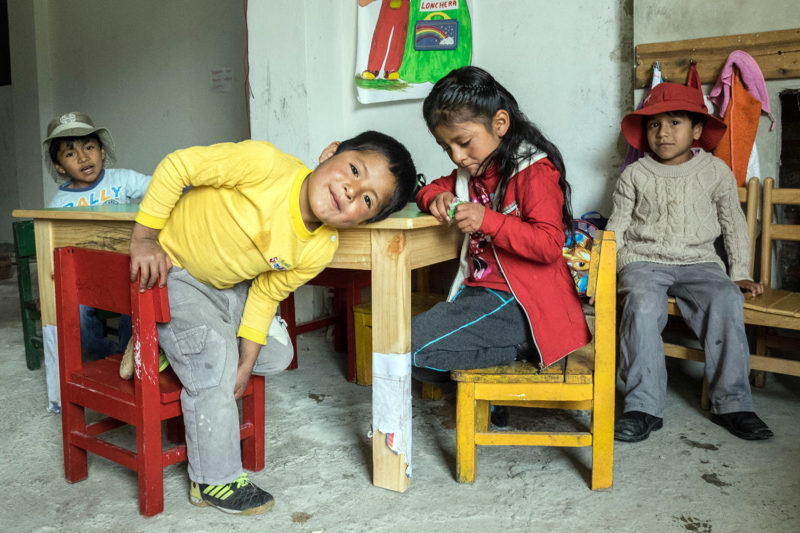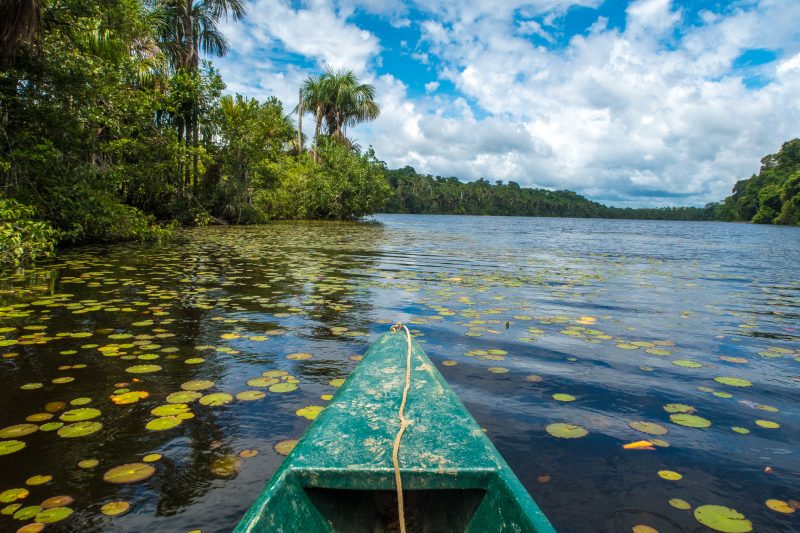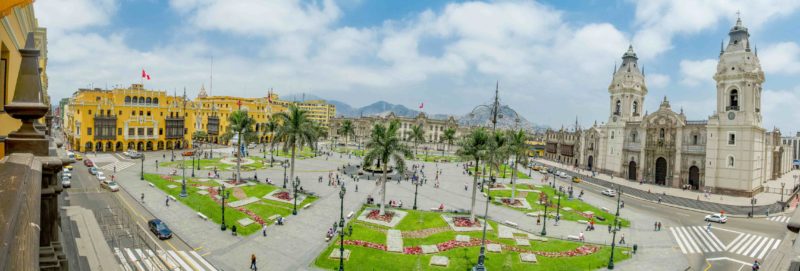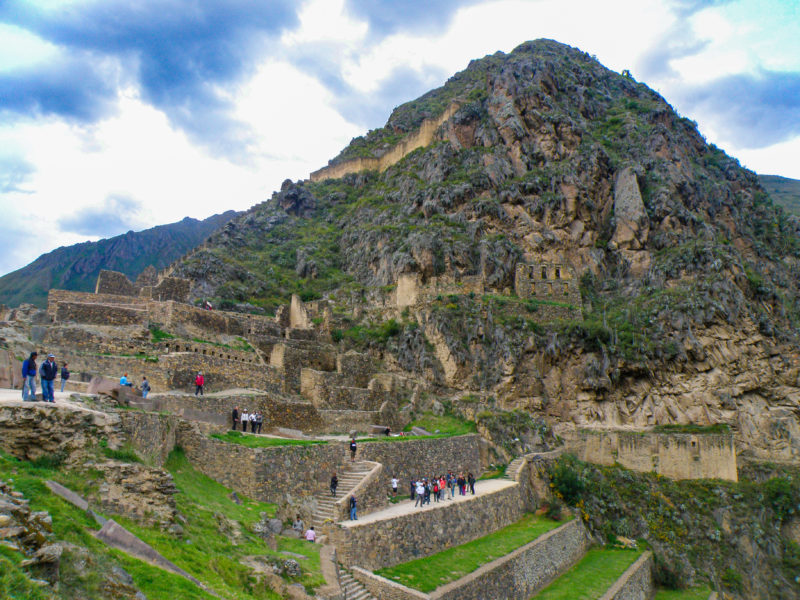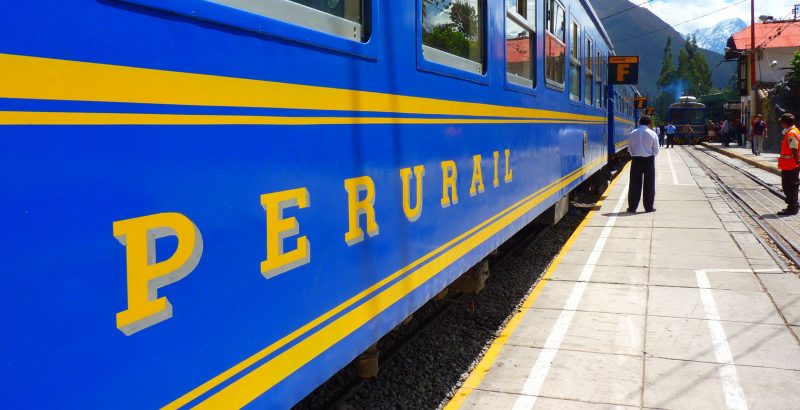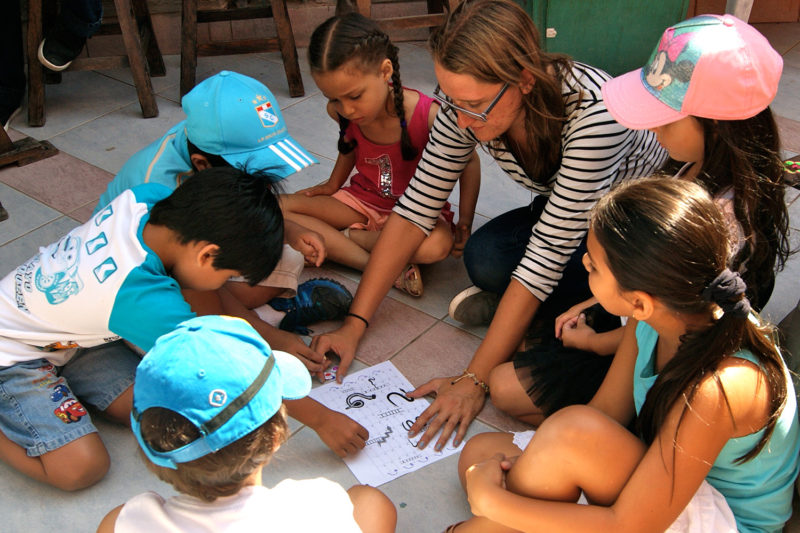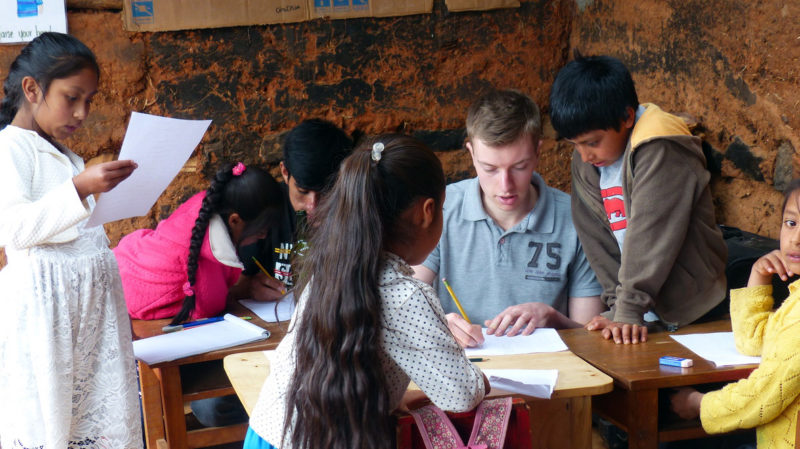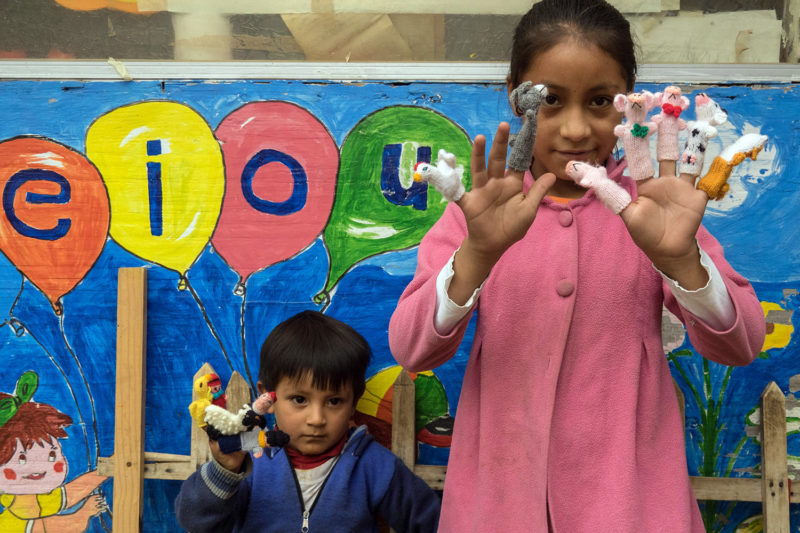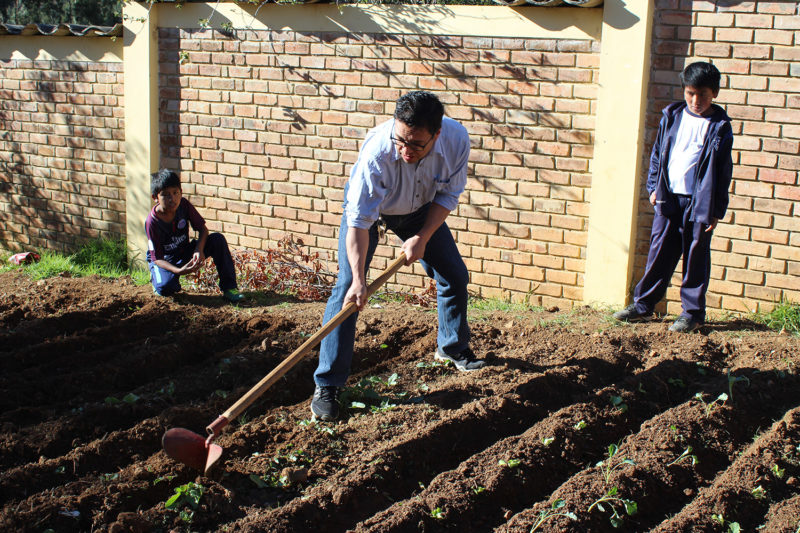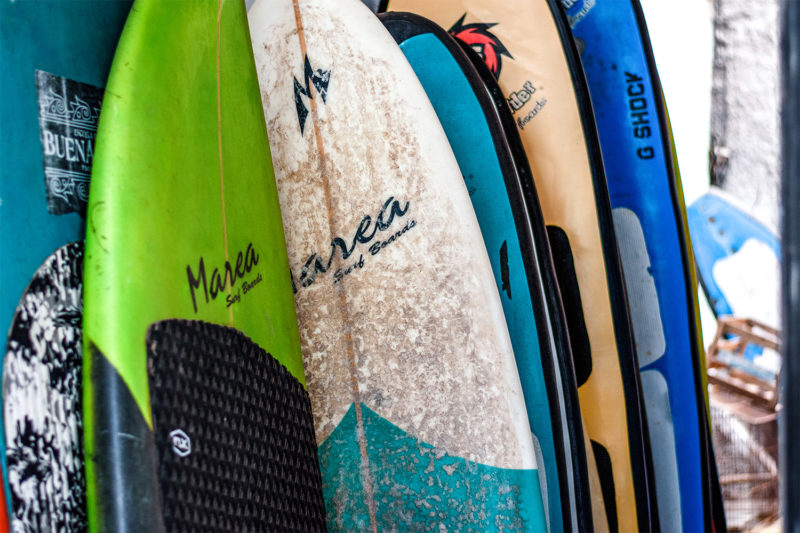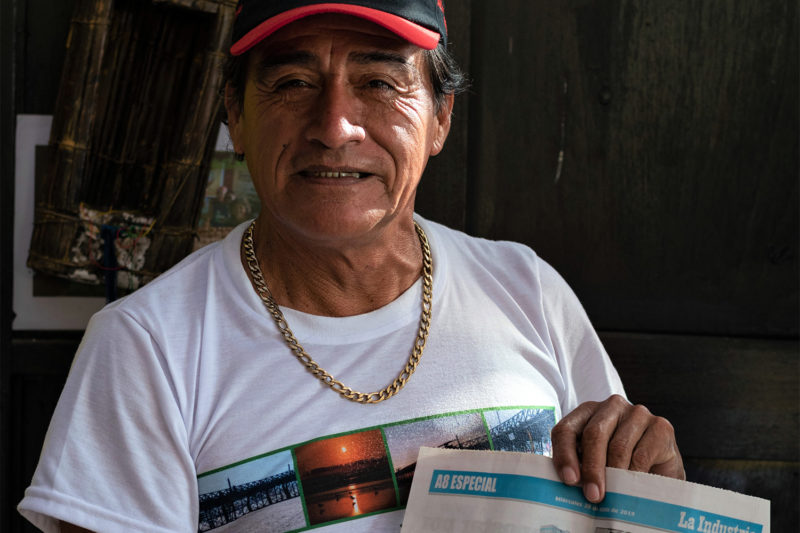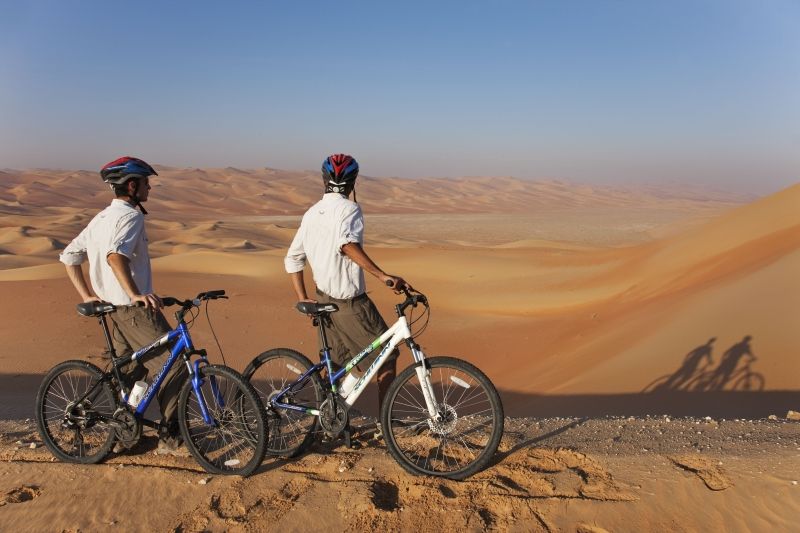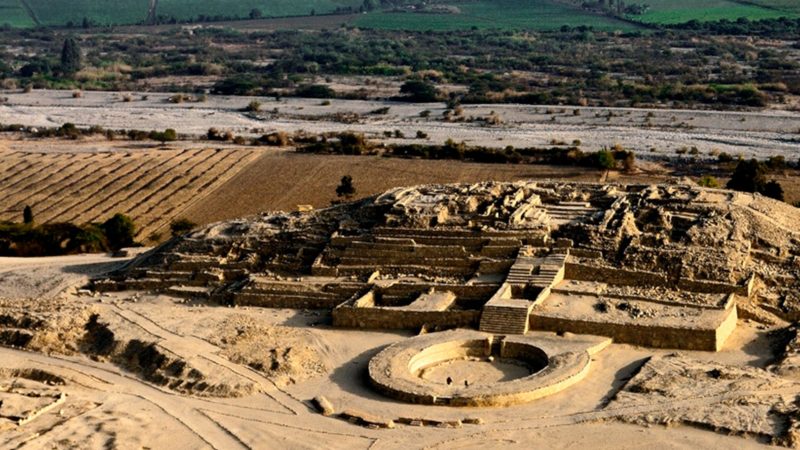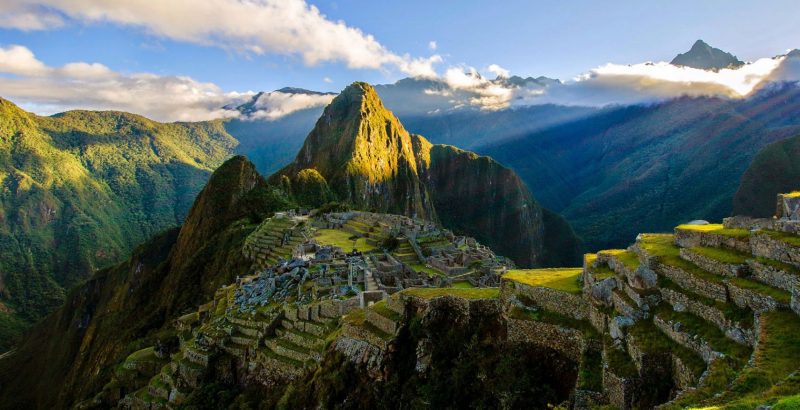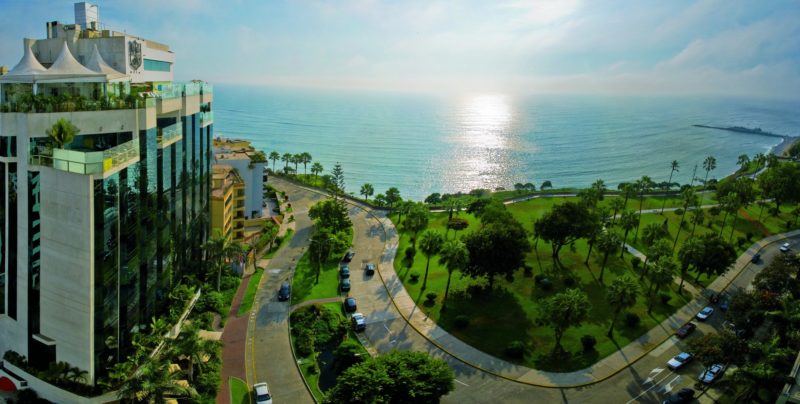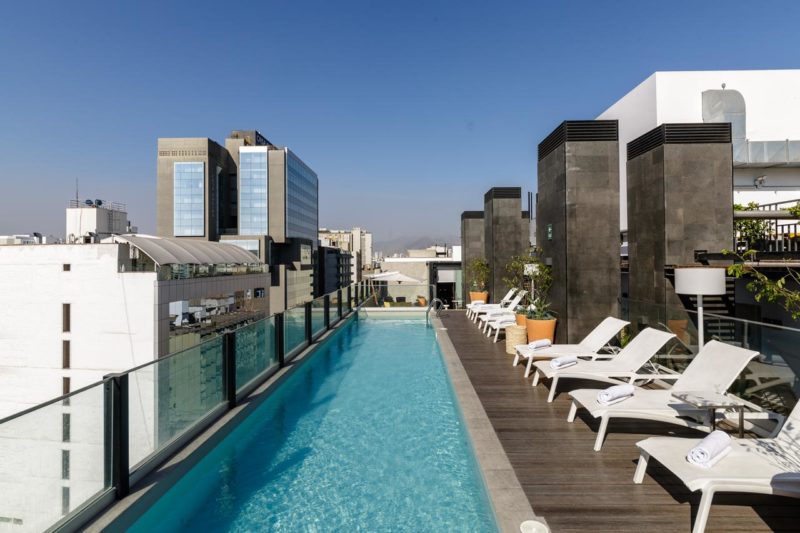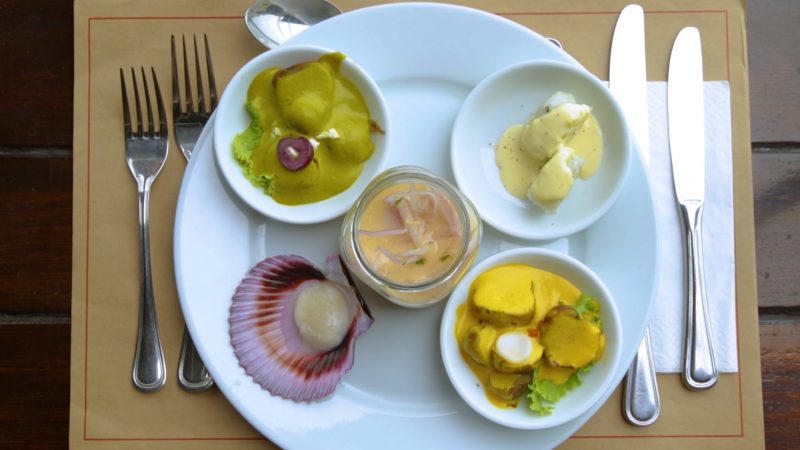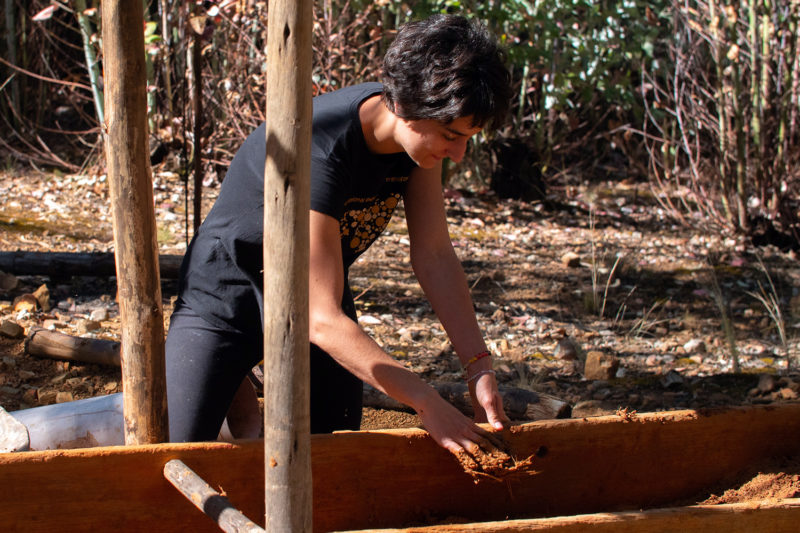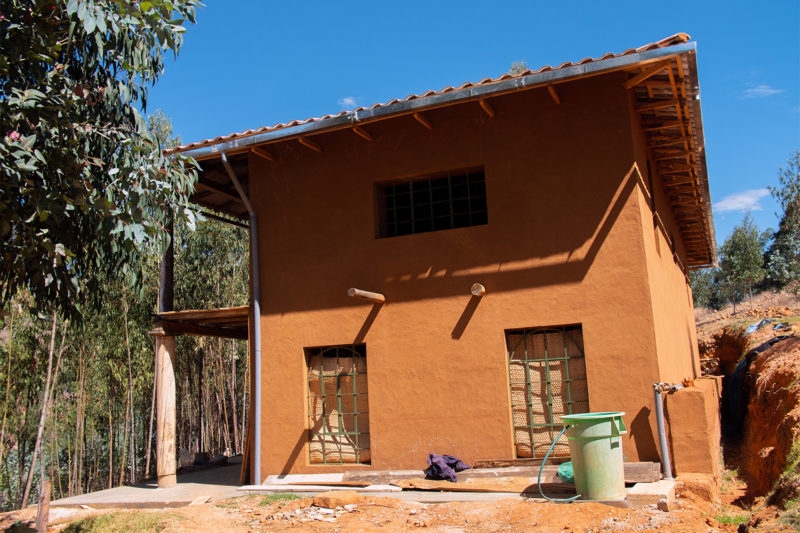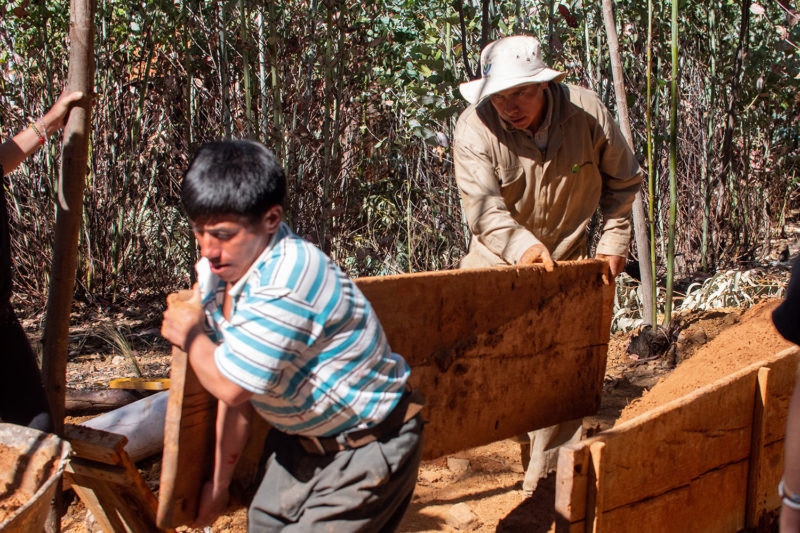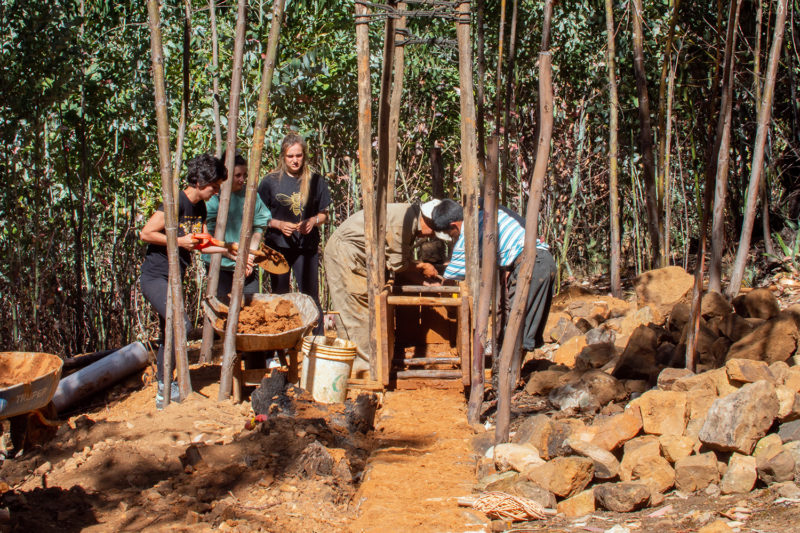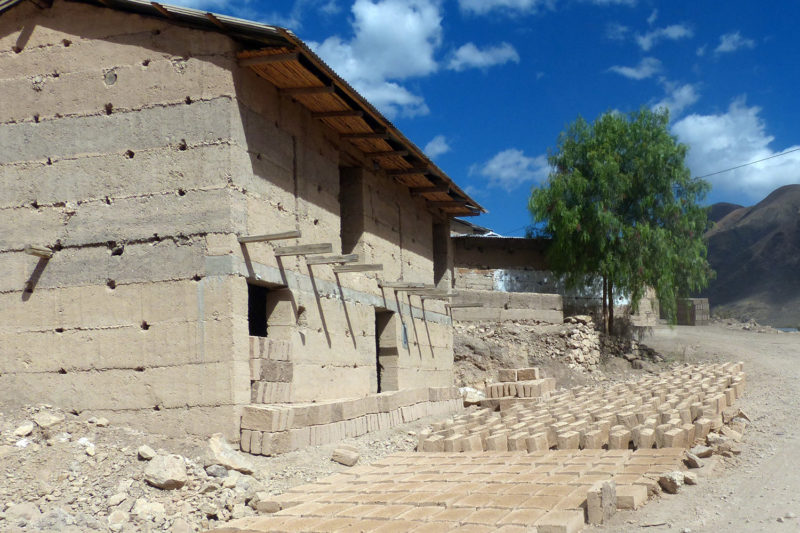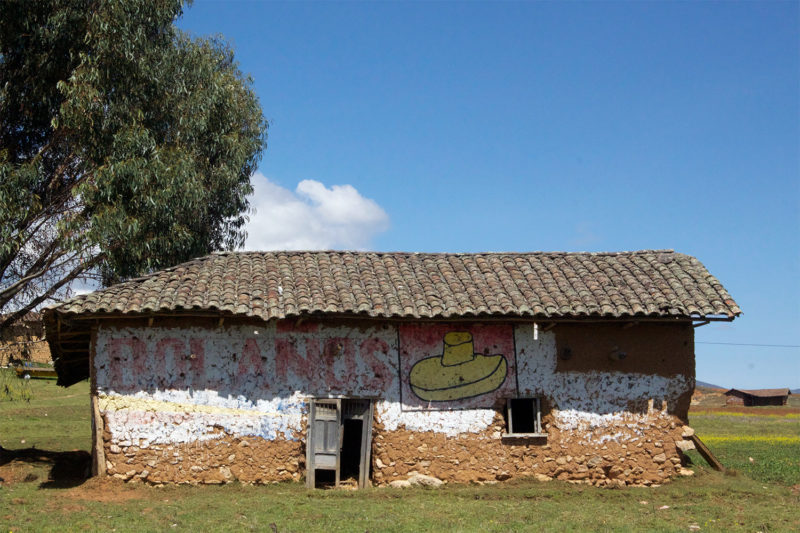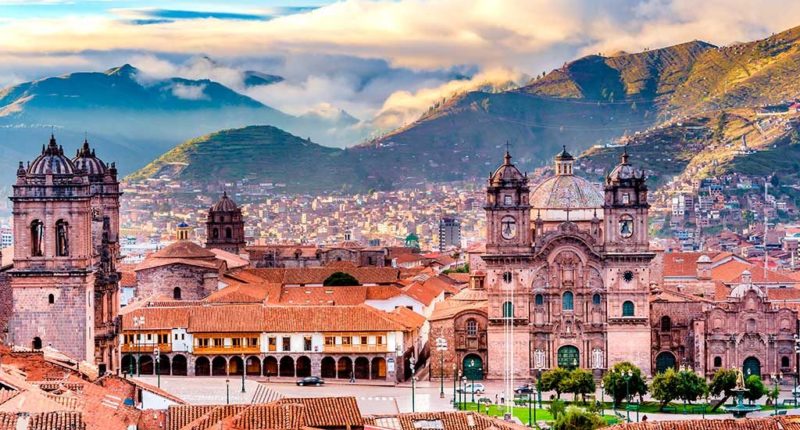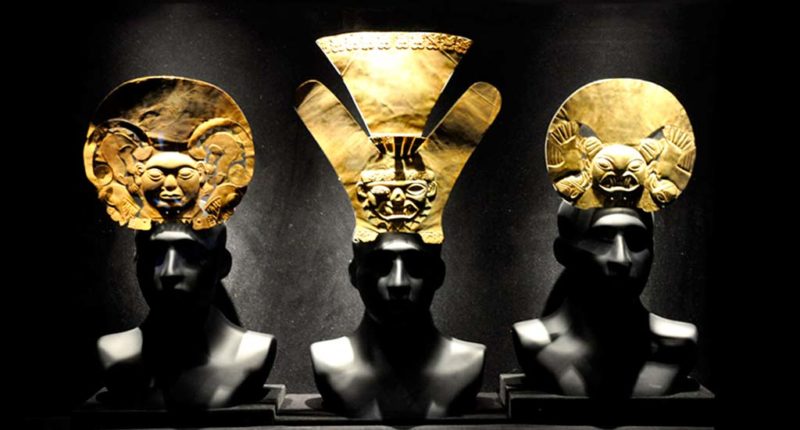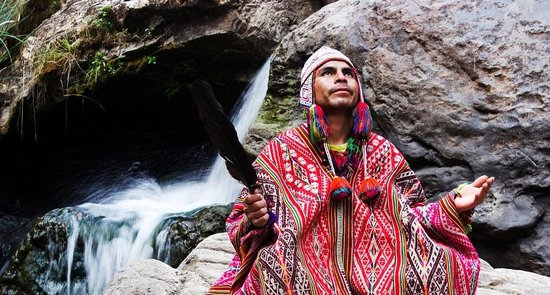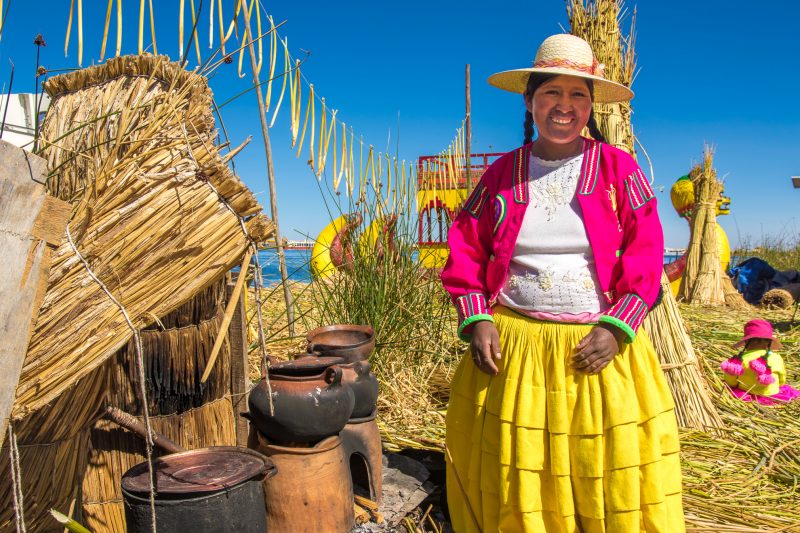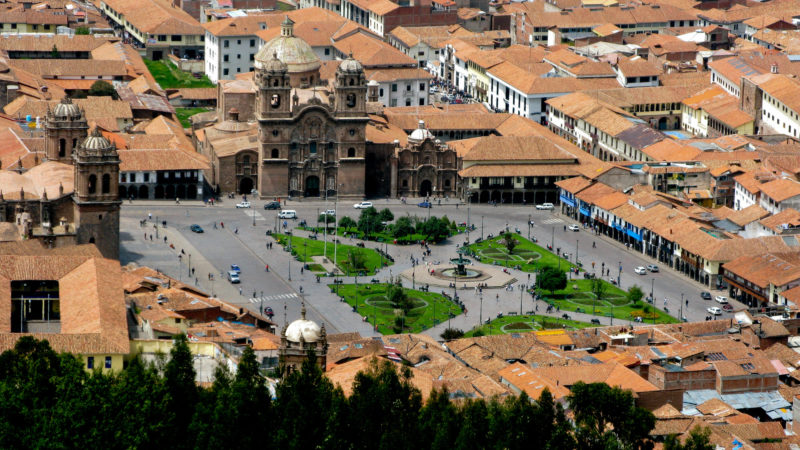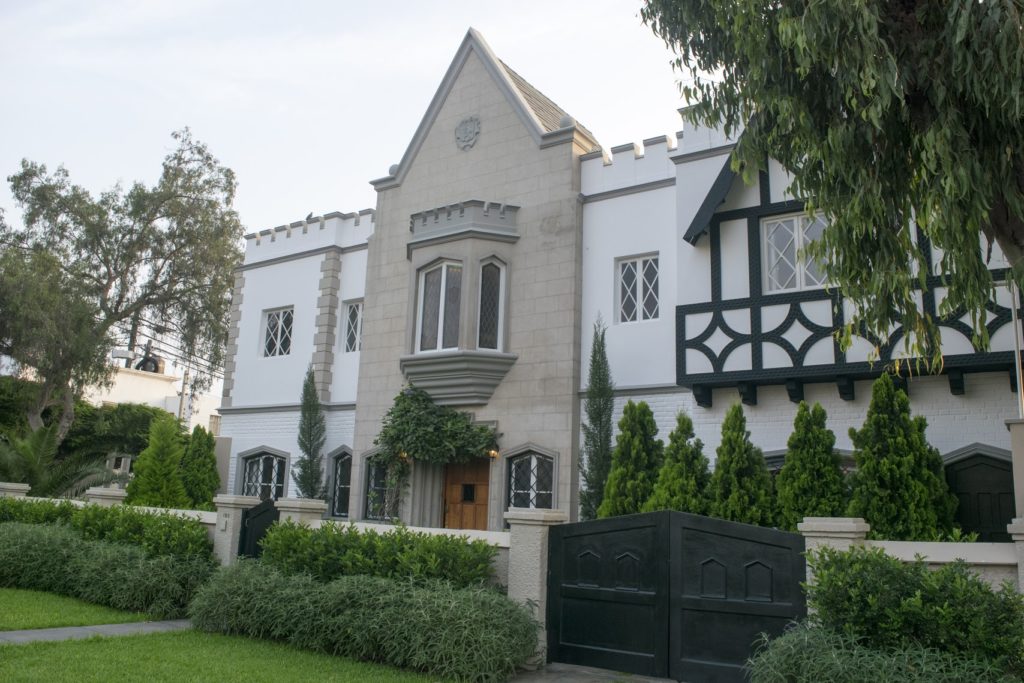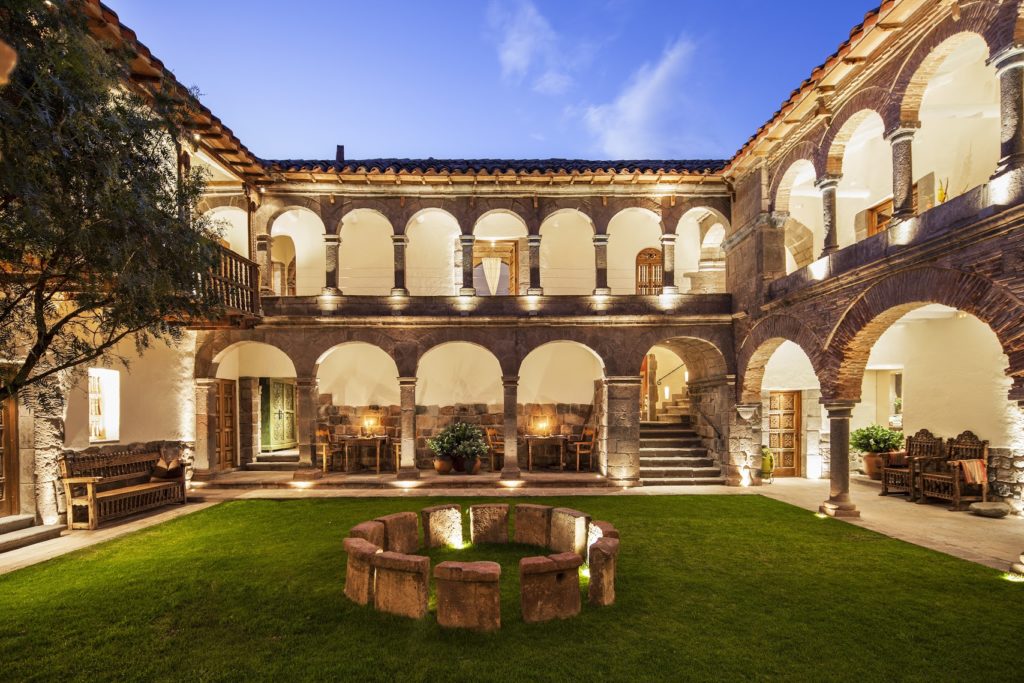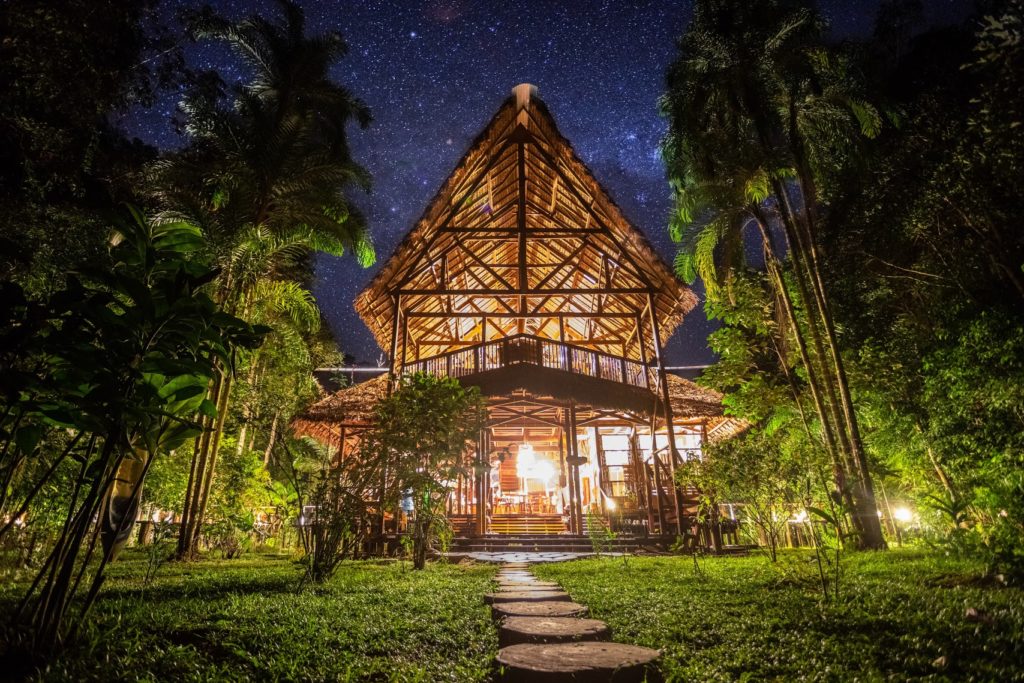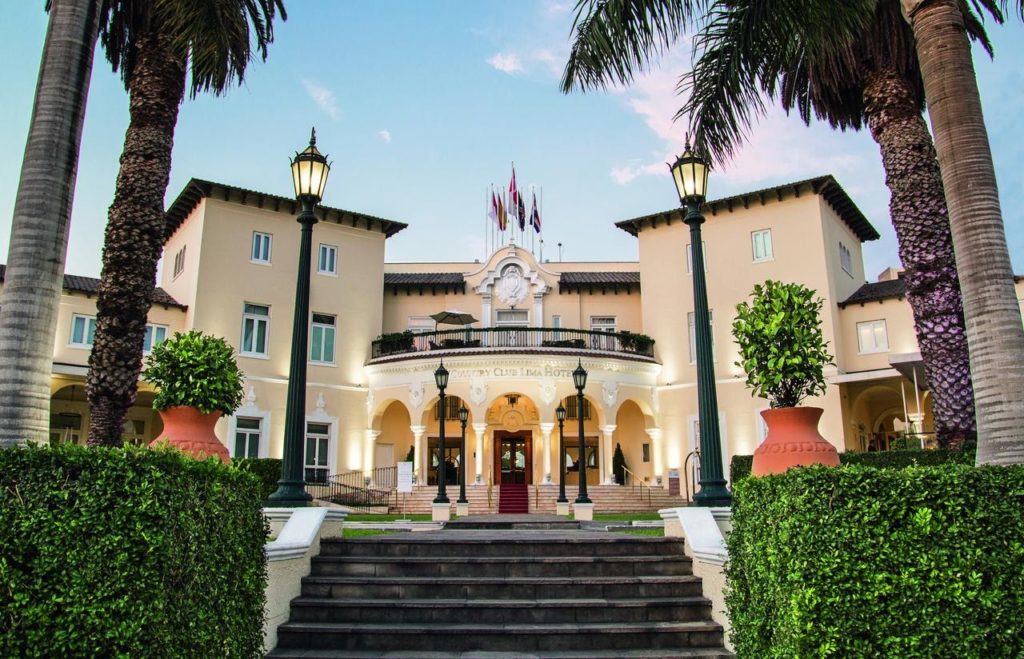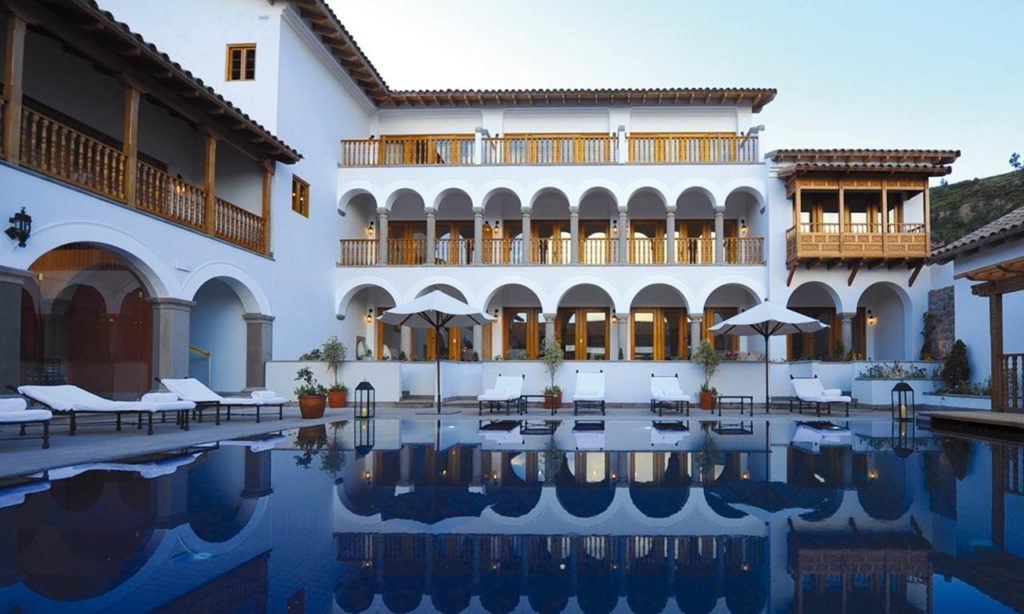Quick Facts
| Name | Republic of Peru |
| Population | 31 million |
| Capital | Lima |
| Language | Spanish (Quechua, Aymara) |
| Currency | Nuevo Sol (PEN) |
| Time Zone | PET (UTC−5) |
| Flag |
|
Climate
Despite being near the Equator, the presence of different regions of the Andes Cordillera and the arid coast along with the effects of the cold Humboldt Stream induce highly distinct weathers. The climate in Peru consists in three main regions: Costa, Sierra, Selva (the coast, the mountains and the jungle).
Costa
The coast of Peru represents 10% of the whole surface of the country. Within this part of the coast, the north has a semi-tropical climate. Because of the Humboldt Stream, the temperatures are not that hot for a desert as well as the sea. The temperature is around 24°C all year long. The rainfalls are quite frequent therefore this region is a little bit greener than in the South. The Southern region, including the central coast and the south part, has a subtropical climate. The temperatures range from 15°C during the winter to 26°C during the summer. Summer is from December to March.
Sierra
Alongside the Andes Cordillera, the winter is dry and the summer rainy. The annual temperatures fluctuate from 11 to 16°C but with wide differences from a site to another because of the different altitudes. Therefore, it is better to come during the winter from May to September during the dry season and enjoy the Costa during the summer.
Selva
This is the Amazon region of Peru that represents 60% of the Peruvian surface. The climate is humid, hot, with rainfalls all year long and especially during the rainy season from January to April. During the dry season, it usually rains once per week. The temperatures fluctuate around 30°C.
In any case, it is preferable to have 3 kinds of outfits, for cold, hot and rainy weather. Indeed, this country possesses a wide variety of climate zones since it has desert, mountains and Amazon rainforest.
Culture
The Peruvian culture is widely known for its Inca Empire and the ruins of Machu Picchu. But Peru includes a lot of other different cultures people know less. Before being colonized in the 16th century by Spain, and before the Inca Empire, other cultures were already very organized, structured economically and politically. This is particularly the case of the Chavín and Mochica cultures which date from 1800-200 BC. Hidden archaeological treasures of these cultures are present in the North of Peru. The Lambayeque Region is the biggest hotspot of unexplored archaeological places in the world. The South of Peru is the most touristic region with Cusco, the Machu Picchu and Arequipa.
The country recognizes the practice of other religions. Nevertheless, since its independence from Spain in 1821, Peru remains mainly catholic at 80%. Therefore a lot of churches are present in the country. Inspired from the colonial style, they often constitute the site to see, alongside with buildings from the same era in big cities such as Chiclayo, Piura, Trujillo, Arequipa, and Lima. Besides the catholic religion, several events and festivities in Peru refer to the Inca celebrations and ceremonials. Peru is a colourful country as evidenced by the traditional fabric you can find in the handcraft markets. The city of Cajamarca is renowned for its carnival where paintings battles take place every year. Peru is also a country of dances. The national dance is the Marinera and is frequently practiced on the coast. In the jungle, there are tribal dances.
Nowadays, Peru is a multicultural country because of colonialism period but also because of the different migration phases. The indigenous population represents 45% of the population while the rest is a mixture of different ascendances. A third of the population is metis and has Spanish origins. Then there is a melting pot of European, African but also Asiatic people. The indigenous are more present in the Selva while the rest of the country is mixed with the other ethnics. Also in the Selva, it is more frequent to see people wearing traditional clothes such as the poncho, the hat and the long skirt for women. And while the Amazon represents 60% of the Peruvian surface, it is the less densely populated region. Therefore, it exists a lot of inhabited parts, untouched by humans and beautiful unseen areas.
The Amazon is the more traditional part of the country where the economy is mainly based on the agriculture. It includes, like in all the other regions, the production of multiple vegetables and plants such as asparagus, avocado, sugar cane, potatoes, rice, corn, coffee, cacao, etc. Besides that, the mineral and marine resources are the most important before the tourism industry. The economy of the country is one of the best in South America. This explains why the country has become more developed in the last few decades. Peru is now over the average of security level in South America especially because it is enhancing its tourism policy and more specifically the sustainable and ecological tourism. Peru possesses a wide network of National Parks in the Amazon and in the Andes Cordillera. Alongside the coast, it is the paradise for surfers. Less known than other world surf spots, Peru has great beaches where you can enjoy surfing all year long such as Mancora, Chicama, or Huanchaco.
Gastronomy
Another important sector in Peru is the fruits production. Peru is a land of fruit trees, like Mango and Cherimoya, which are very tasty; the Peruvian gastronomy has been awarded several times. Among the specialities like the Ceviche, which is made with raw fish, seasoned with lemon and spices, there is also the Anticuchos made with beef heart, the Chicha Morada, a national drink made with black corn, and the national alcohol: Pisco. The Peruvian gastronomy is considered as one of the most diversified and famous in South America. Very often, dishes include rice; this is because of the Chinese migration. Since then, “Chifa” in Peru refers to Chinese cooking.
Transportation
Transportation in Peru is very easy and the travel costs are low. The traffic may be crazy in Lima and in general but on the long way, the most common mean of transportation is the bus and it is safe. In addition, the distances for travelling between the different regions and climate zones are not long. Peru shares borders with Brazil, Colombia, Chile, Bolivia and Ecuador. It is very easy to combine different destinations such as Peru and Ecuador that has one the greatest biodiversity and landscapes in the world.
The living cost is one of the cheapest in Latin America especially in comparison with Brazil, Chile, Costa Rica, Colombia or Argentina. Besides, to visit Peru one does usually not need a VISA to get in. The tourist VISA accorded to foreigners can go up to 183 days and even be extended. It is then a very nice country where to stay a little or set up for a while for travelling and visiting other countries.

